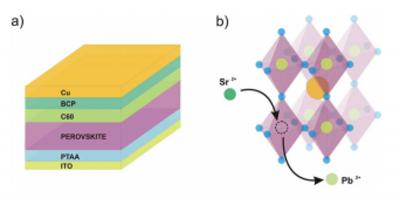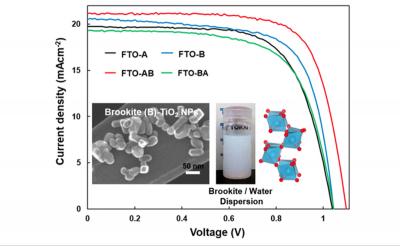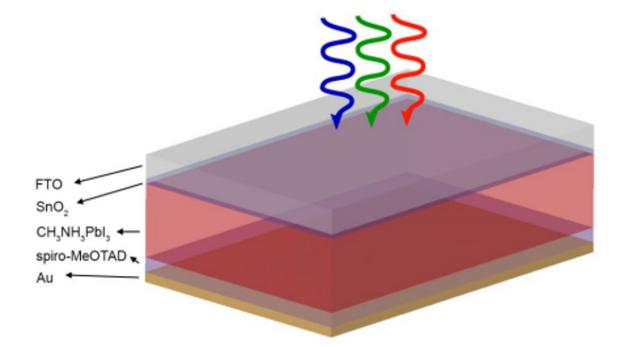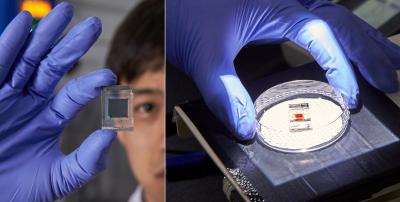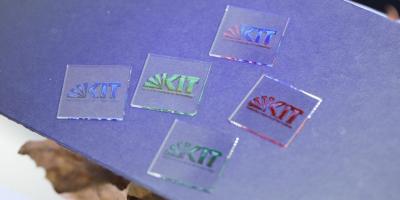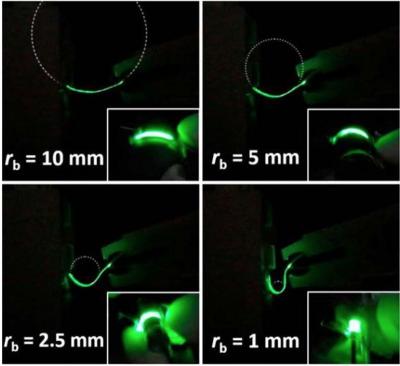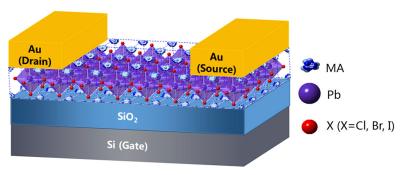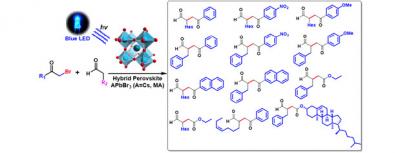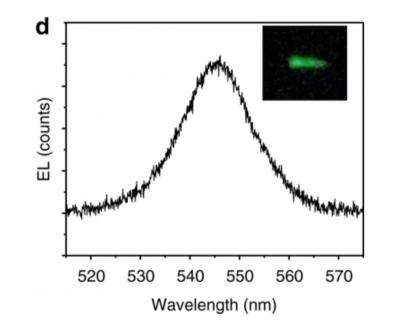Solliance and MiaSole reach 21.5% efficiency with flexible perovskite/CIGS tandem cell
Researchers at Solliance, in collaboration with MiaSole Hi-Tech Corp., have designed a flexible solar cell with an impressive power conversion efficiency of 21.5%. The solar cell combines two thin-film solar cell technologies into a 4 terminal tandem solar cell stack: a top flexible semi-transparent perovskite solar cell with a bottom flexible copper indium gallium selenide (CIGS) cell.
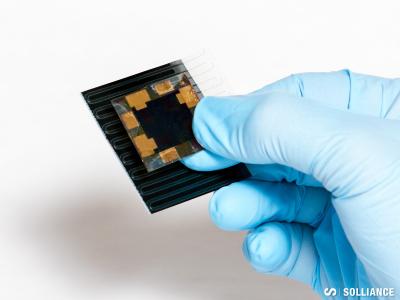
A tandem solar cell, which combines a perovskite and a Cu(In,Ga)Se2 (CIGS) cell, has the potential for high conversion efficiency exceeding single junction solar cell performance thanks to tunable and complementary bandgaps of these individual thin film solar cells. CIGS technology has a proven track record as a high efficiency and stable solar technology, and has entered high volume manufacturing in multi-GW scale around the world. CIGS technology has been successfully used to produce high efficiency flexible and lightweight cells and modules, which address markets where heavy and rigid panels cannot be used. Perovskite solar cells, promise low cost solar technology based on abundant materials. Combining both technologies in a flexible and lightweight package expands the horizon of high performance, flexible, and customizable solar technology.
